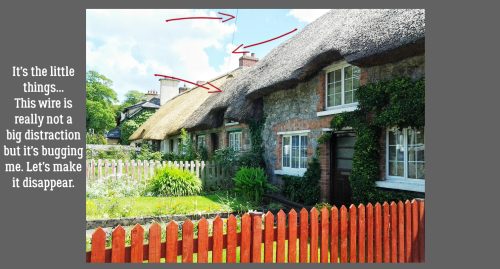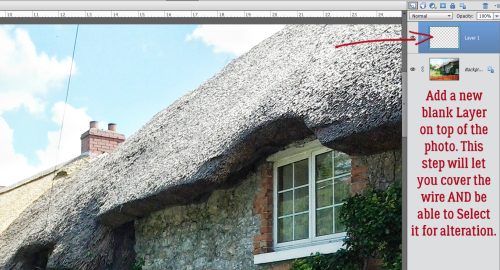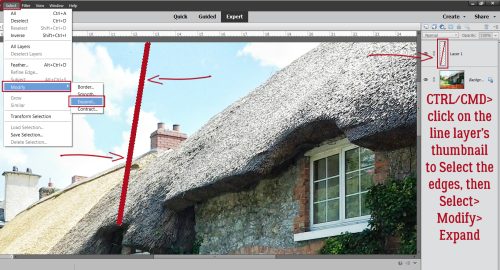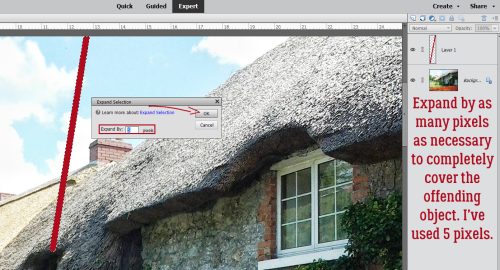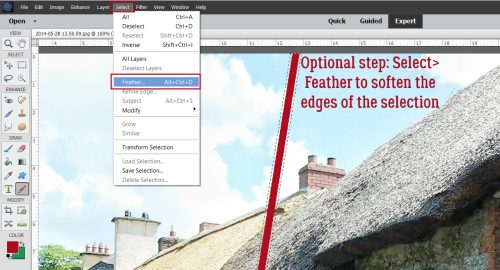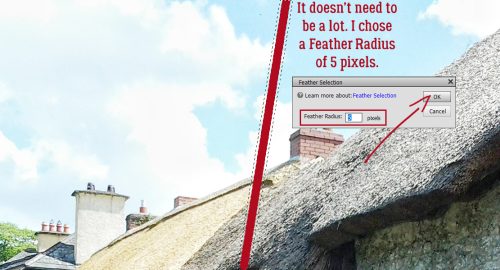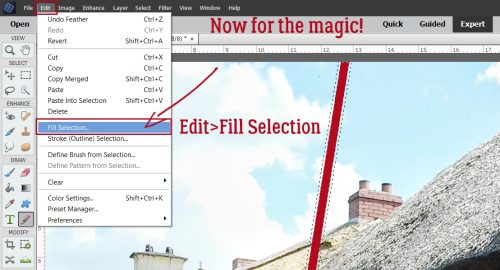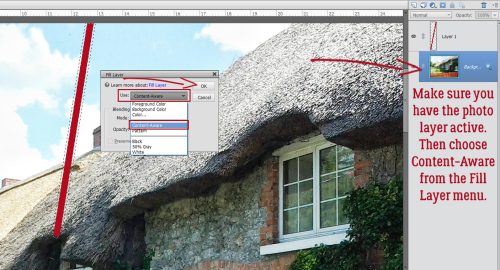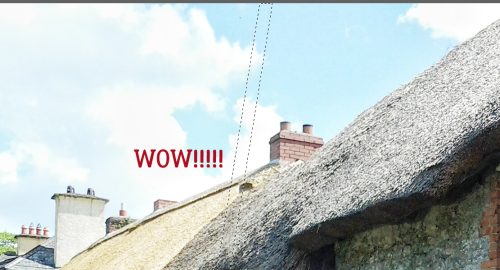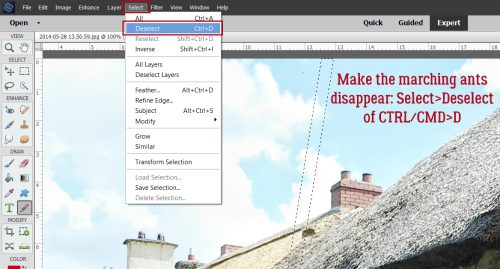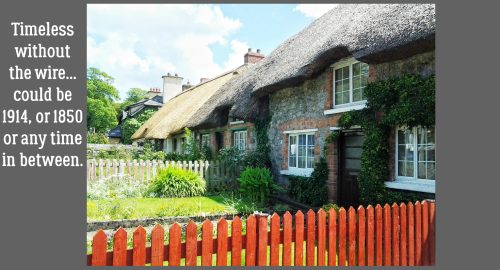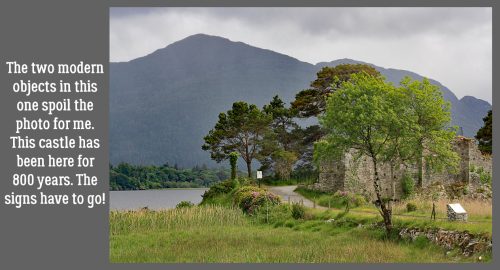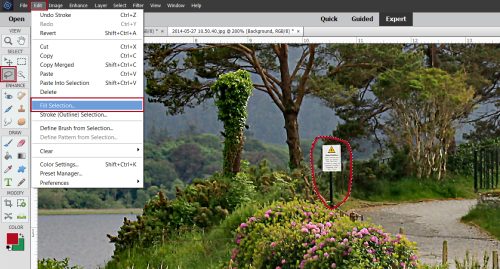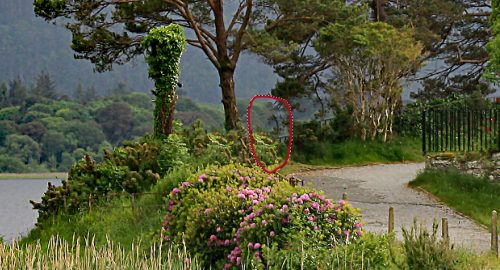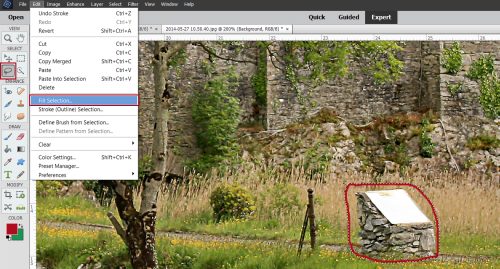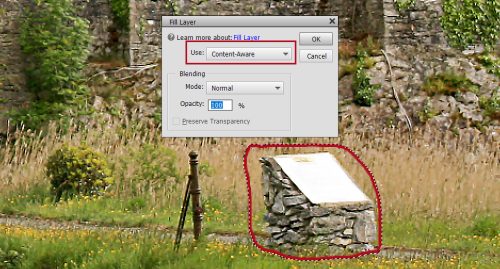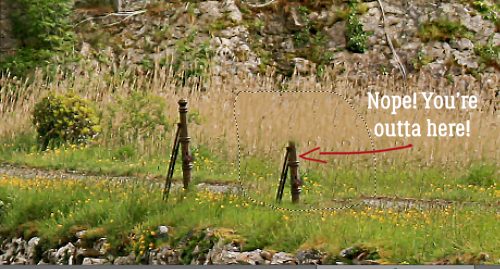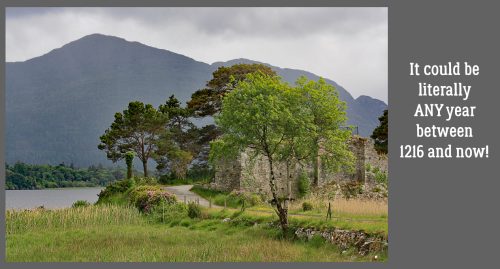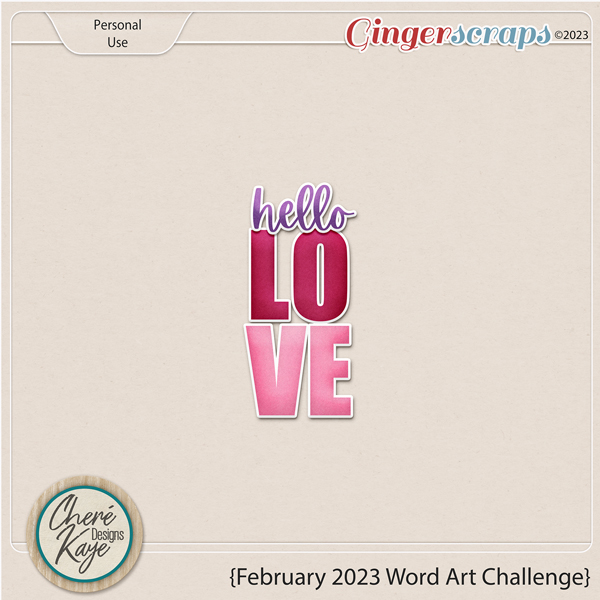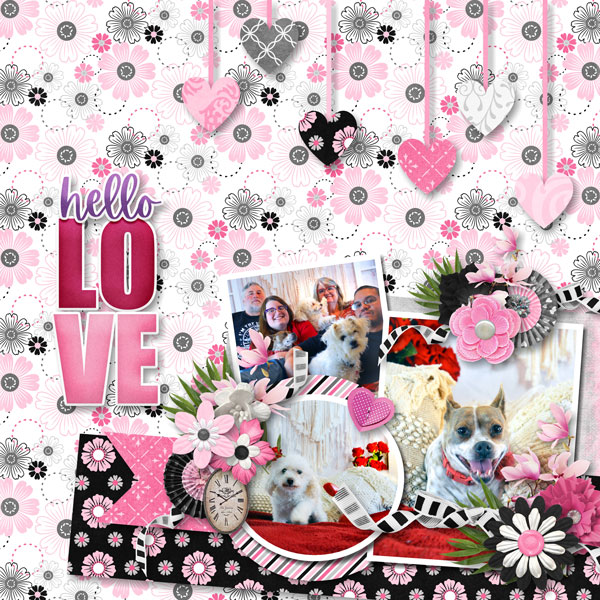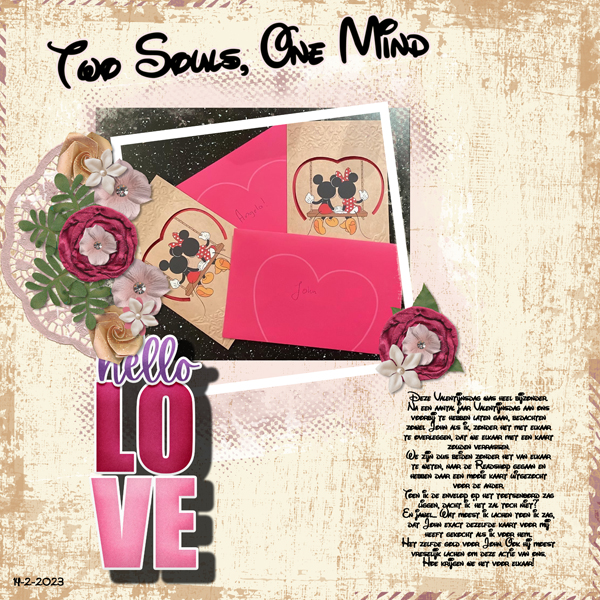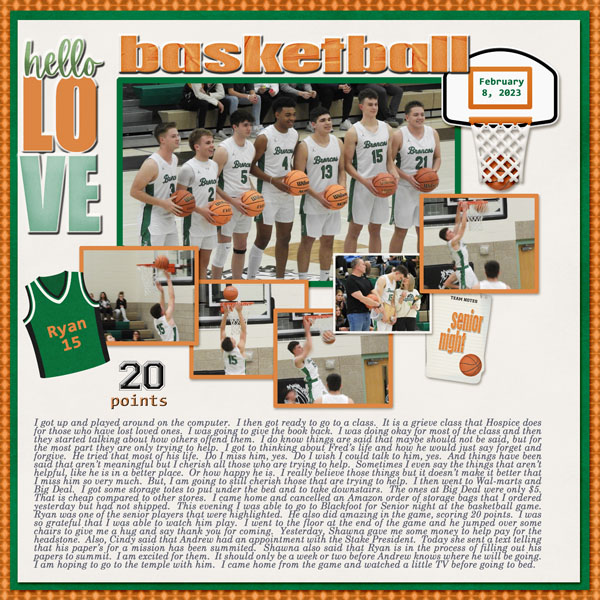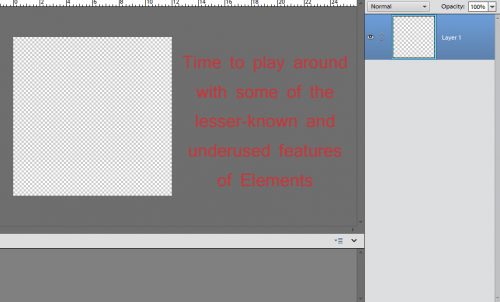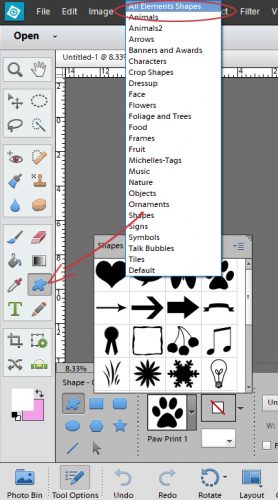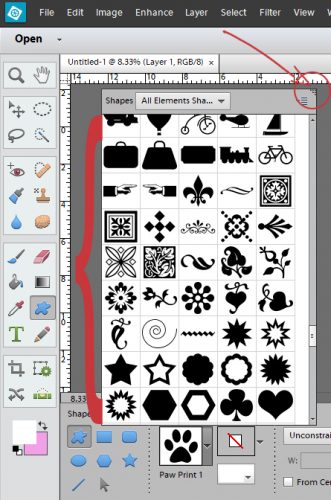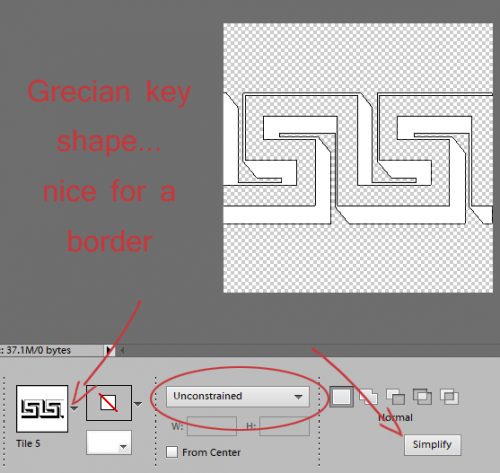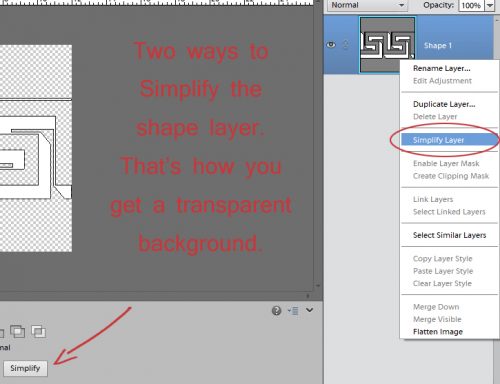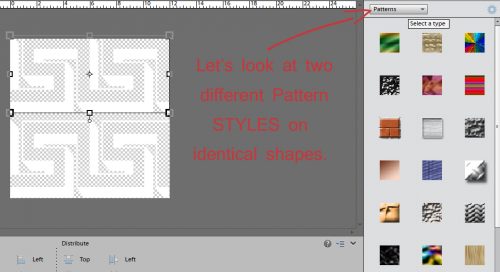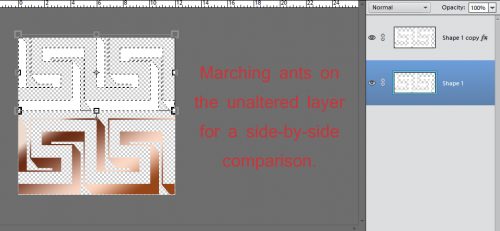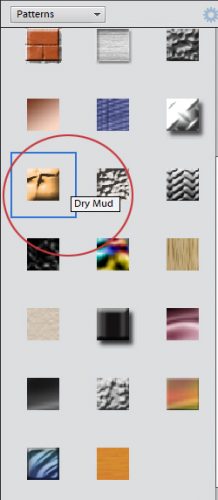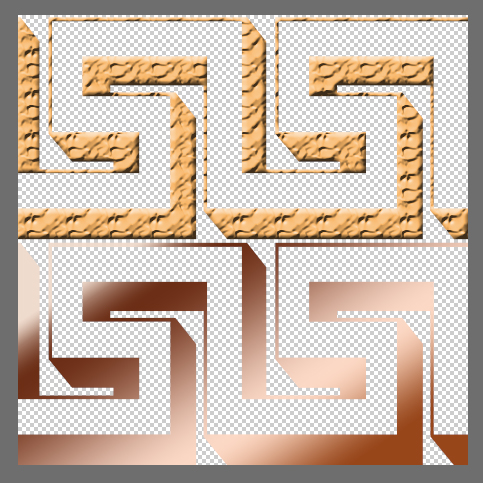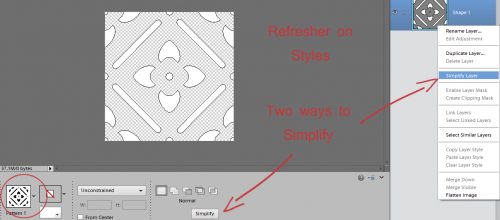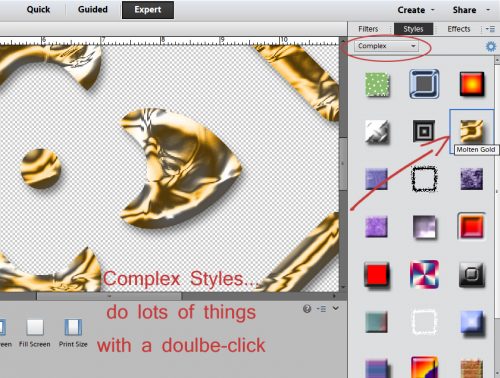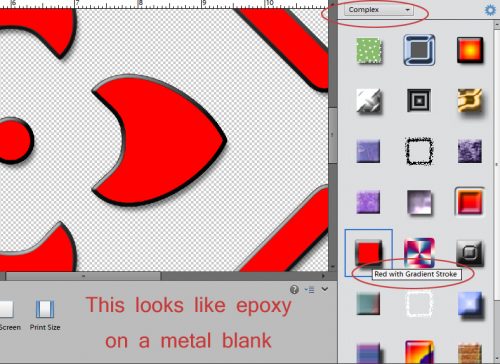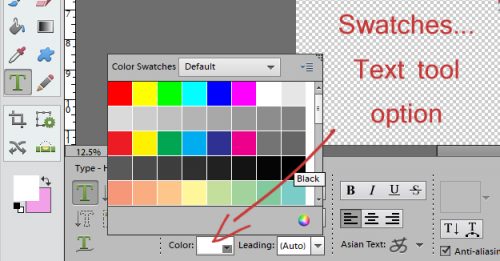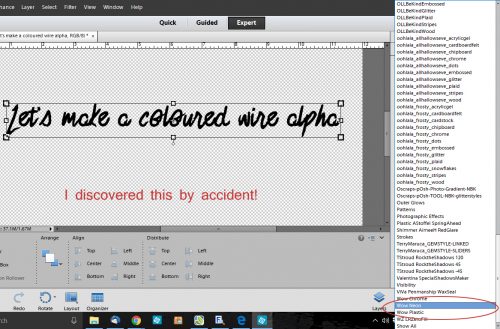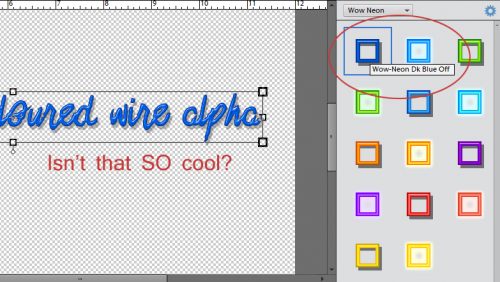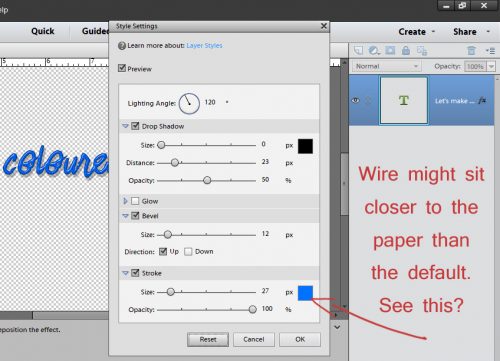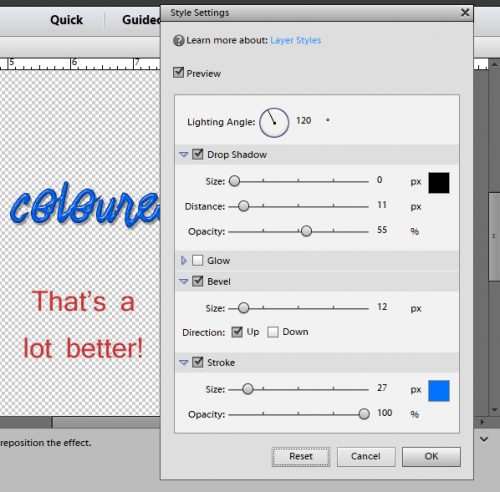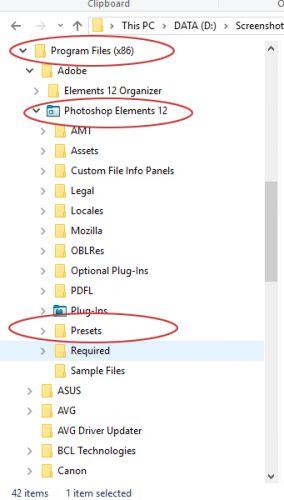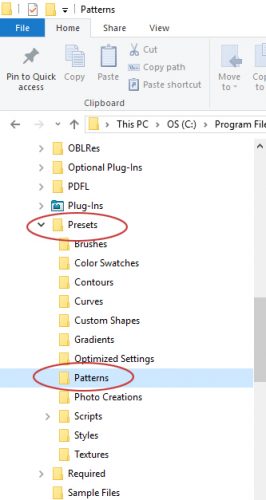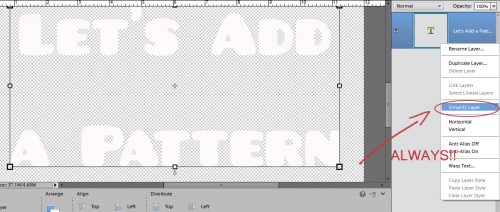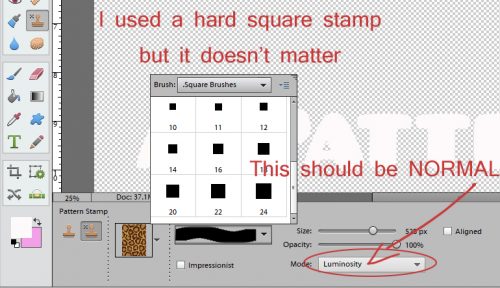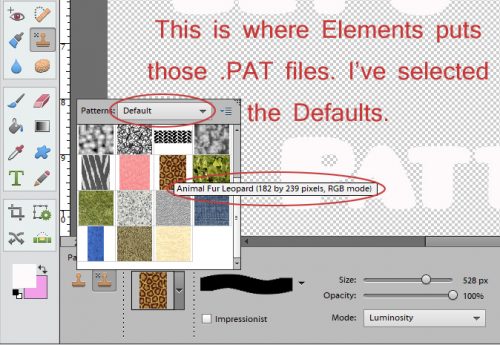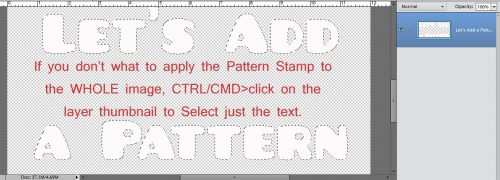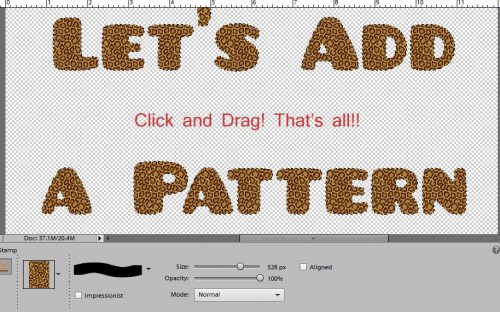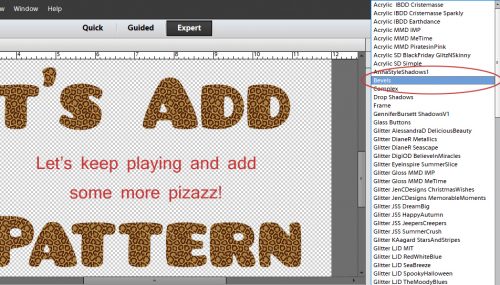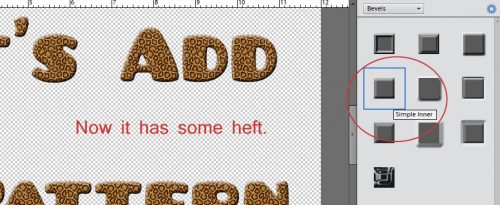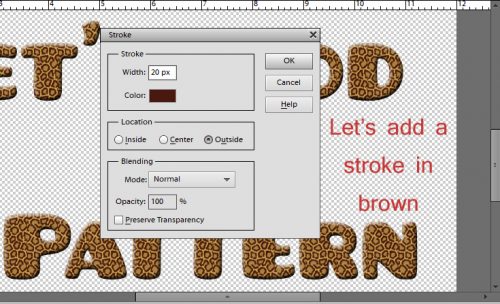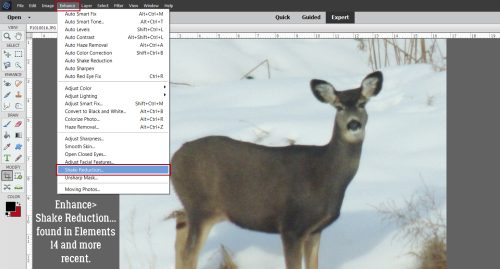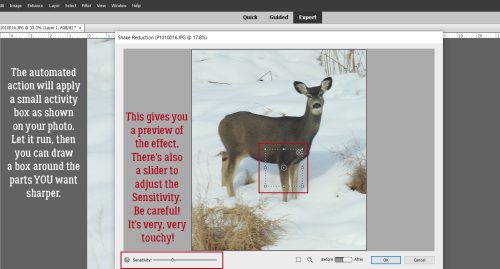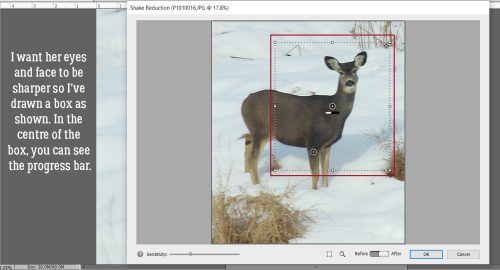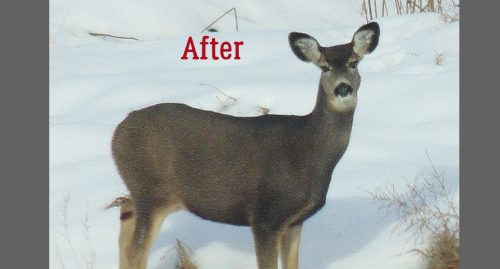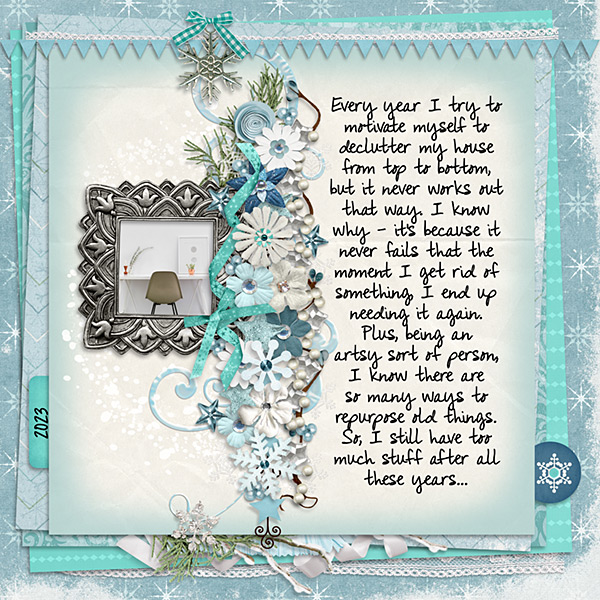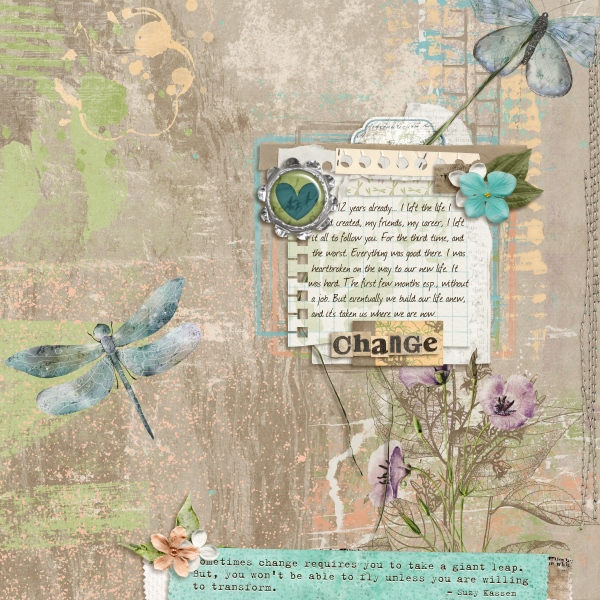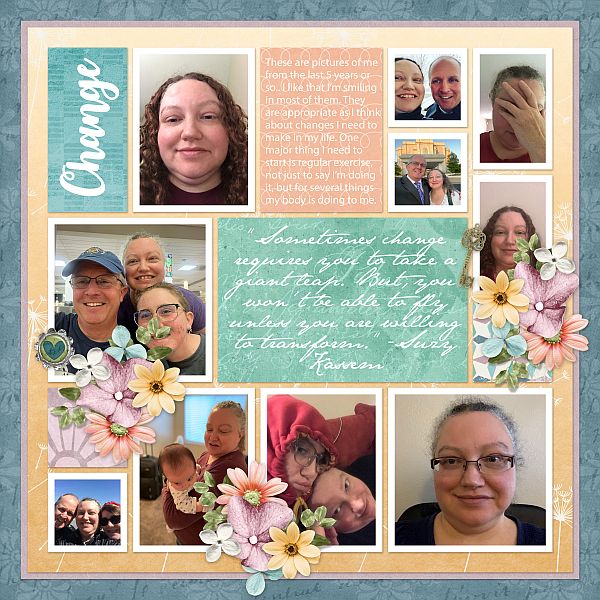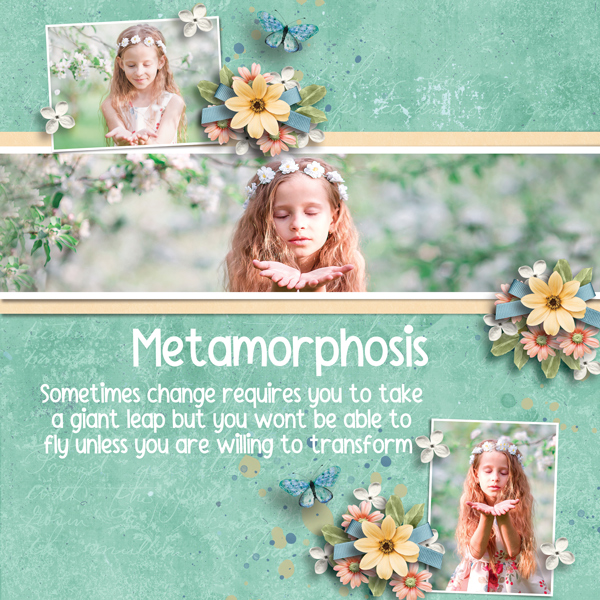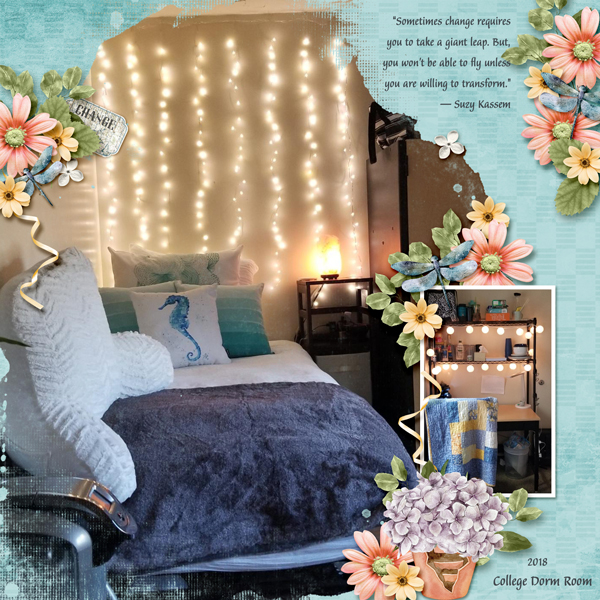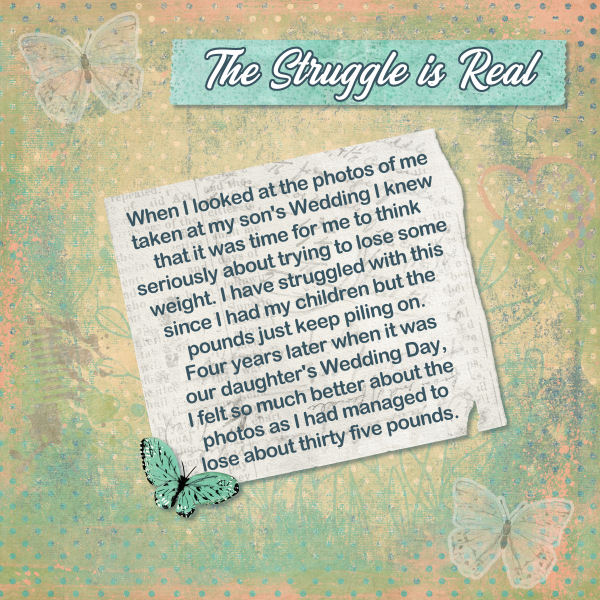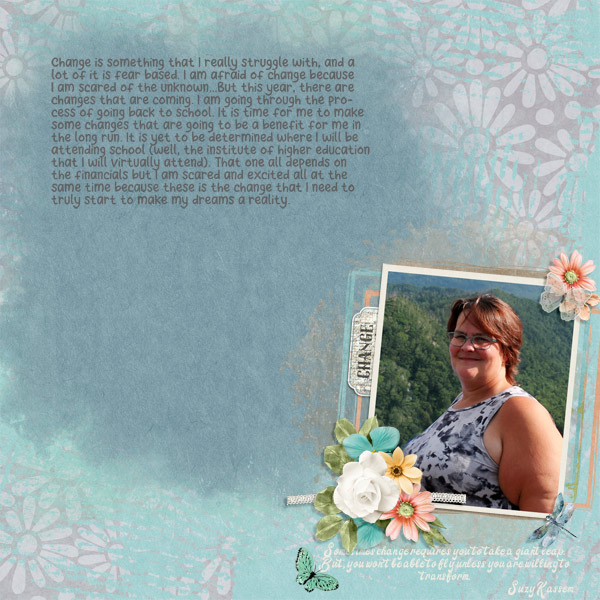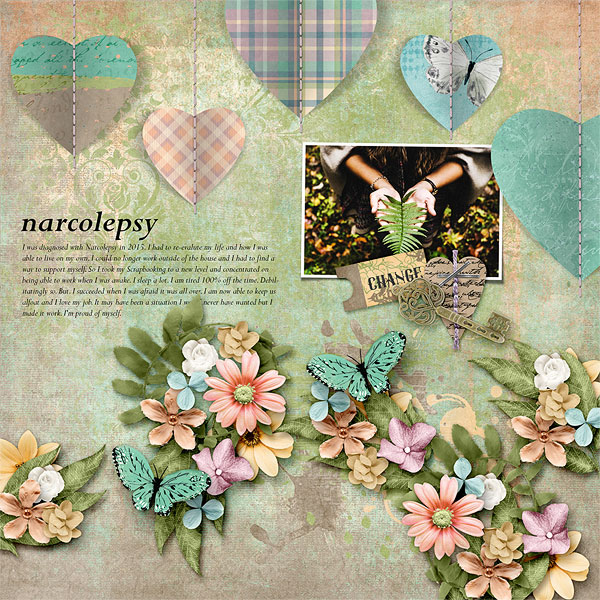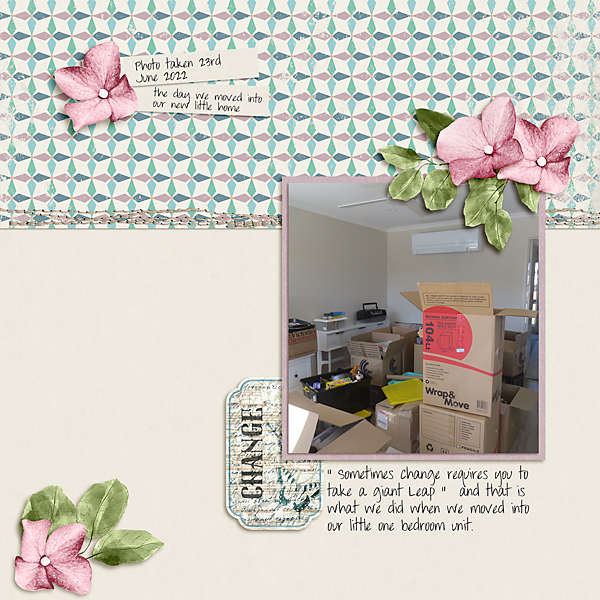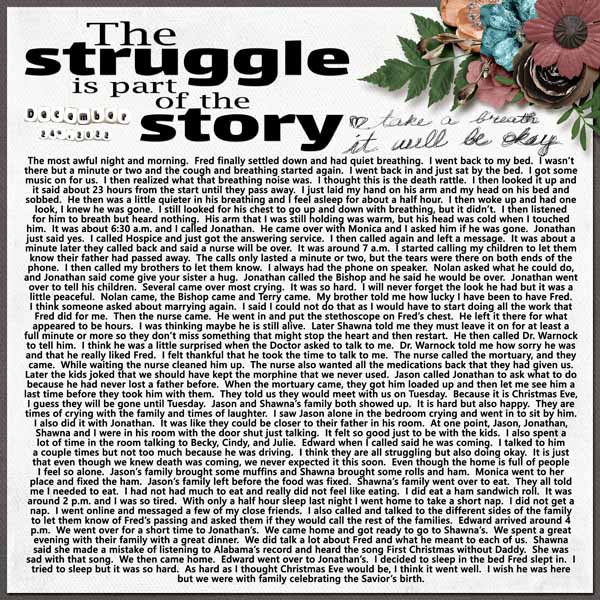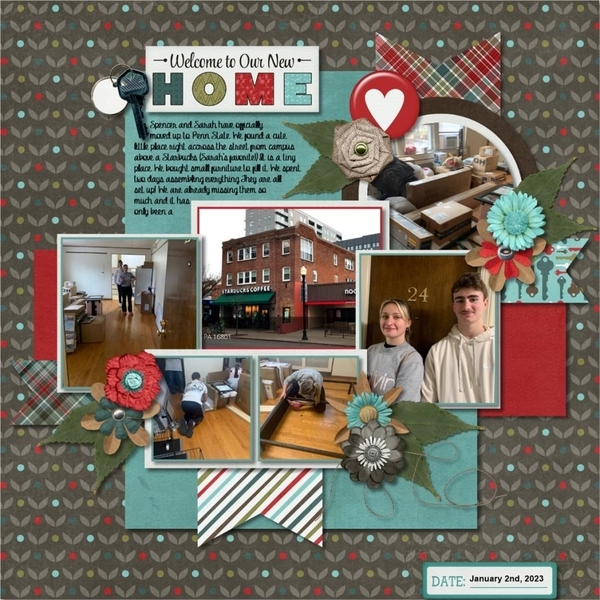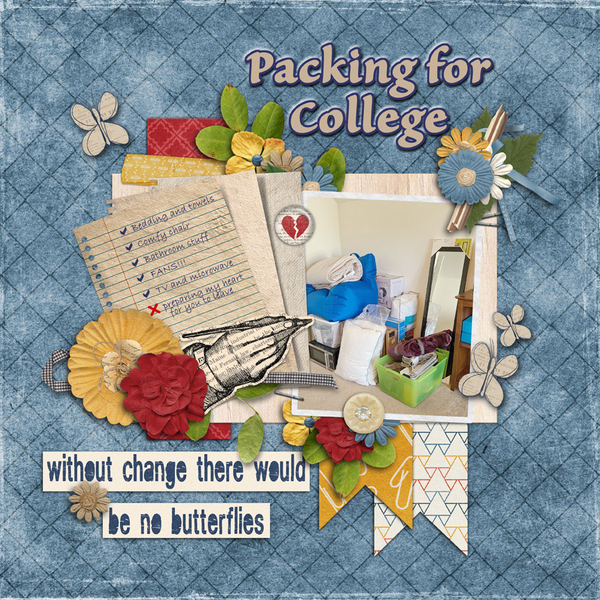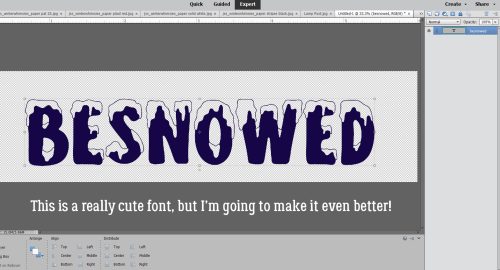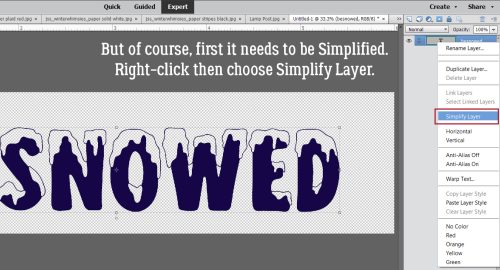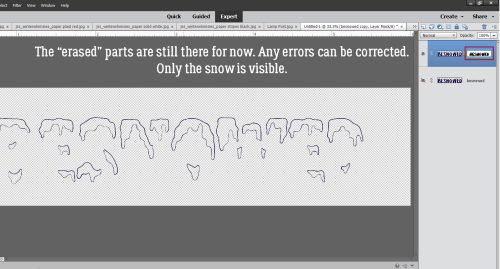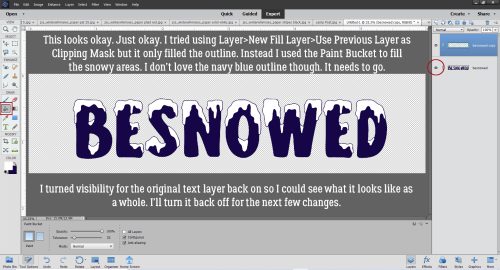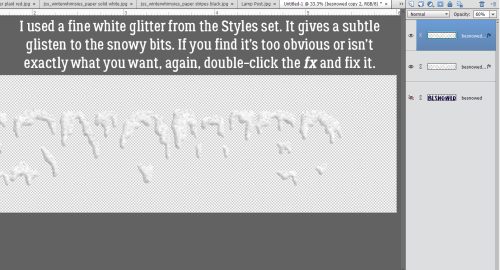![]()
North Meets South Studios

This month we have two designers in the spotlight, but only one was able to join me for a chat. North Meets South Studios is a collaboration between two best friends, Tracy Anderson (Trixie Scraps) – the northern half, and Connie Prince, the southern belle. Connie and I had a wee visit and this is what she shared.
J: Thanks for agreeing to let me pick your brain, Connie. Let’s get the formalities out of the way first. How long have you been designing?
C: I have been designing since 2006!
J: That’s a LONG time!! You must really love it. What made you decide to get into design?
C: There weren’t a lot of digital scrapbook options back then and I wanted specific things for our family albums. I started making things and it just spiraled from there!
J: That’s a familiar story, Connie. Can’t find what you want? Create it yourself! And here you are, crushing it! What tools do you use to create your designs?
C: I use Photoshop, Illustrator, and a program on my iPad called Procreate!
J: Ah, the usual suspects… What is your favorite kit currently in your GS store and why?
C: Currently, I’m getting tons of use out of my Happy Plans collection. I caught the planner bug this year and it’s been fun using it for that purpose, too.
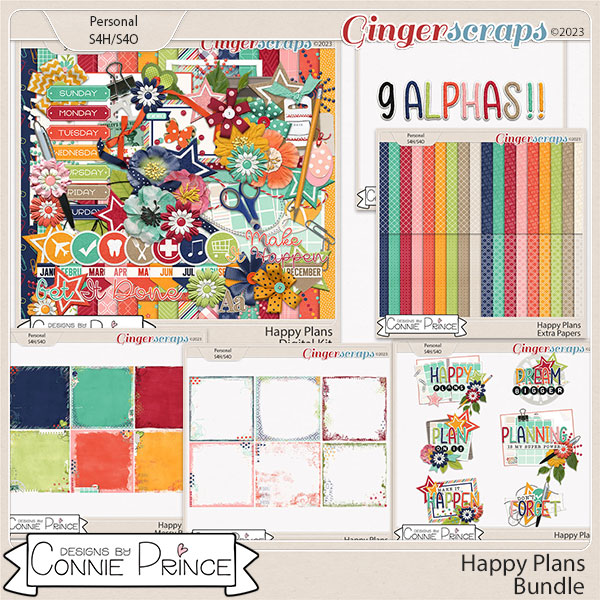
J: When I think of your store, this is pretty much exactly what I see! Now, to get a touch more personal… What one word would your friends and family use to describe you?
C: Loyal.
J: What an essential and valuable trait to have! Next, I already know the answer to this question because I’ve been following you for 10 years, but maybe there are folks who haven’t caught on.
Describe your perfect vacation.
C: Anywhere with sugar white sand & gorgeous blue water is perfect for me!
J: Yep, called it!! I’m not much of a beach person. I’m more into museums and cooler climes. Okay, so this query typically gets the same response from everybody. Are you like me, or like them? Are you more likely to dance or sing in the shower?
C: Dance for sure, I dance all over the place so why not lol!
J: I actually do both, with my own personal country music playlist helping me out. Bluetooth speakers are amazing! On to food: If you could only eat one meal for the rest of your life, what would it be?
C: Salad, I can never get enough of a great salad!
J: I enjoy salad, but living in Canada, in the winter salad greens aren’t easy to find and are expensive. I just signed up for an organic produce delivery service and they’re sending greens in my first order. Can’t wait! Can you play a musical instrument?
C: Yes! I played piano when I was younger and my husband gifted me with a new one last year so I’ve had a wonderful time “relearning”.
J: I took lessons when I was quite young. We didn’t have a piano so I would practice at the school after all the rest of the kids went home. When we moved I lost that opportunity and that was that. I wasn’t destined to be a concert pianist anyway, so it’s all good.
What did you want to be when you were small?
C: Honestly, I just wanted to be a mama! I had the best mom and I wanted to be just like her!
J: I’m pretty sure you met that goal. Thank you so much for helping me let our GingerScrappers get to know you better. Now, before I let you go, I just want to make sure to pass on the rest of the Important Information! Connie and Tracy (in absentia) are hosting the Designer Spotlight Challenge this month in addition to providing the Daily Download for March, right here on the Blog. Each piece of the DD is available for 5 days, but don’t worry if you miss some because the whole kit will be available for purchase in the Shop next month. Connie is also host to the monthly #2023 Challenge, and Tracy hosts the Show Us Your Hobby Challenge. Be sure to check them out!
![]()
